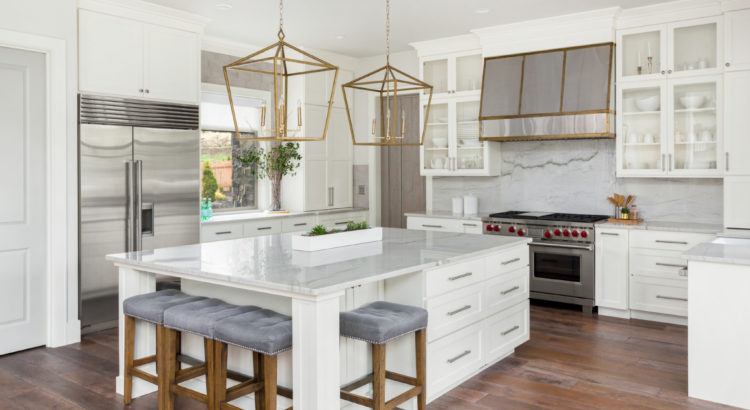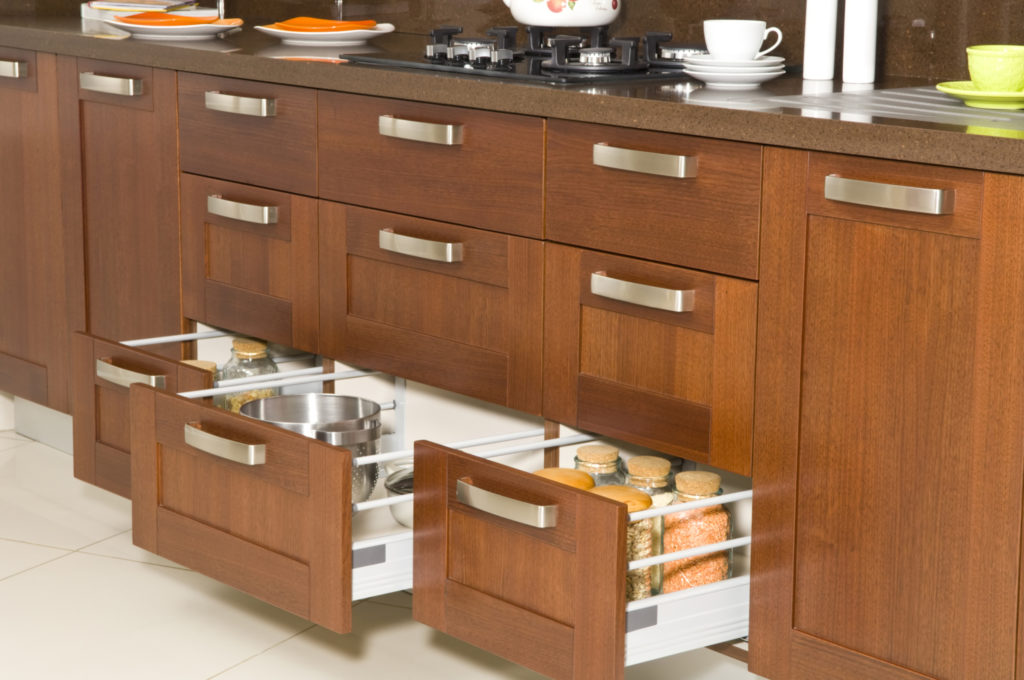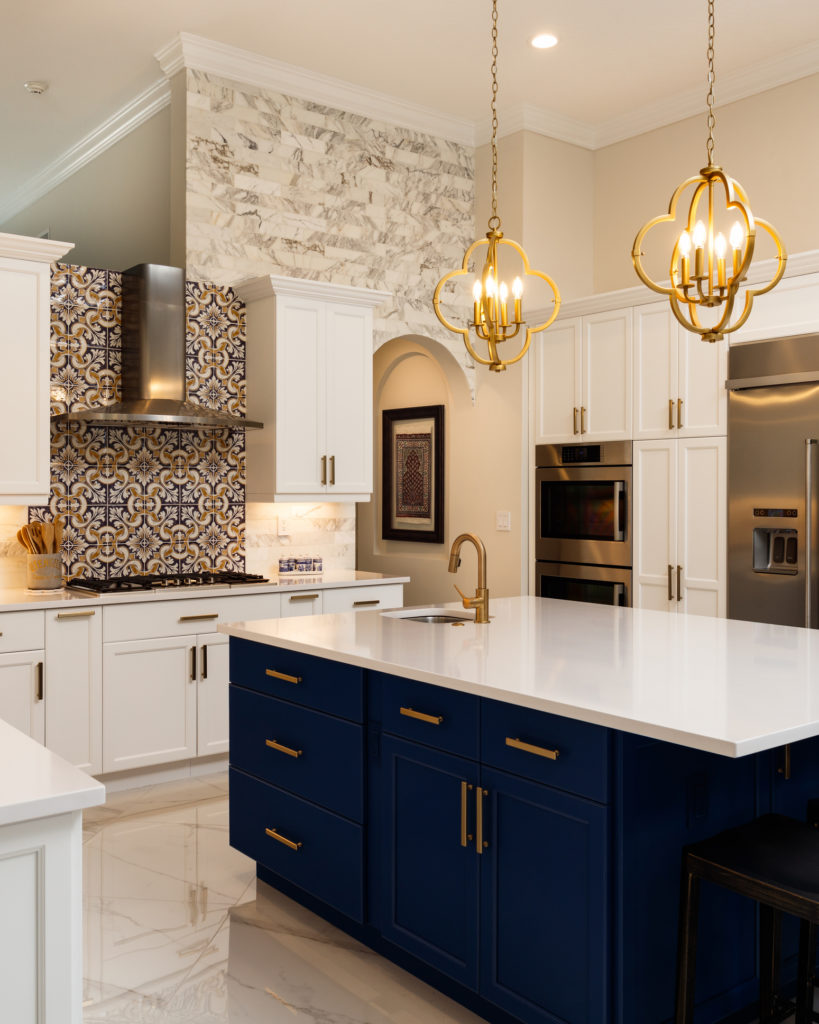A new report from Redfin shows how inventory shortages are driving a chain reaction that includes accelerating home prices, unprecedented competition and surprisingly, the suppression of much-needed new listings.
The Seattle-based real estate brokerage looked at key metrics across more than 400 U.S. metropolitan areas during the 4-week period ending February 7.
According to the report, the median home sale price in the U.S. increased 15% year over year to $318,750, while asking prices of newly listed homes hit a new all-time high of $334,770, up 10% from the same time a year ago.
In a typical year, asking prices do not surpass the previous year’s peak until March.
But determined buyers are not letting rising prices stop them. Pending home sales during that 4-week period were up 29% year over year.
For the week ending February 7, the seasonally adjusted Redfin Homebuyer Demand Index—a measure of requests for home tours and other services from Redfin agents—was up 63% from the same period a year ago.
Buyers are also buying more quickly to get ahead of the competition. The report showed that 52% of homes that went under contract had an accepted offer within the first two weeks on the market, well above the 43% rate during the same period a year ago.
This is the first time the four-week average has surpassed 50% since at least 2012 (as far back as Redfin’s data for this measure goes). During the week ending February 7, the rate was 57%.
Homes across the country are also selling for close to listing prices. The average sale-to-list price ratio, which measures how close homes are selling to their asking prices, increased slightly to 99.3%—1.6 percentage points higher than a year earlier.
Meanwhile, new listings of homes for sale were down 11% from a year earlier.
Active listings (the number of homes listed for sale at any point during the period) fell 37% from 2020 to a new all-time low.
“There is a serious lack of new listings, and although prices are through the roof, homeowners are reluctant to sell, because it’s so hard to buy again unless you are moving to a less expensive area where you can afford to outbid other buyers,” said Redfin chief economist Daryl Fairweather in the report. “Sellers who are concerned about finding their next home are asking buyers for a rent-back agreement, which allows the seller to stay in the home until they can move into their next one. Offering a rent-back agreement can also be a winning strategy for buyers with flexible timelines.”
For more on changing buyer preferences, see how the preferences for large kitchens and remote work-friendly homes are driving new purchases.




